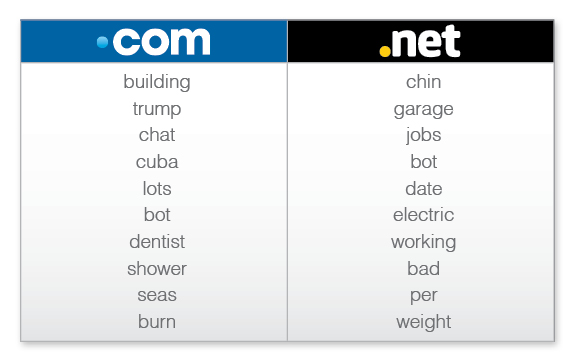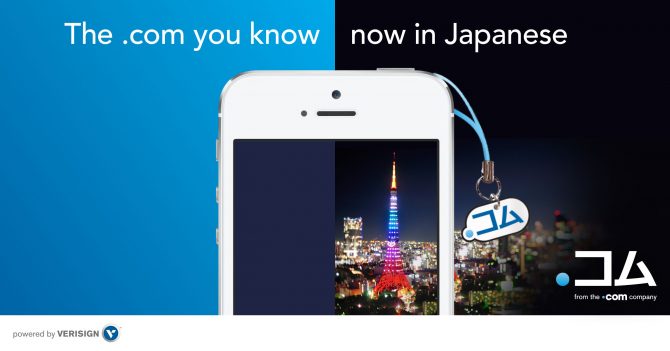
Verisign Announces .コム Domain Names Are Now Available for Anyone to Register
Guest post from Manish Dalal, Vice President, Verisign Naming Services, Asia-Pacific
Today, Verisign is excited to announce the General Registration Period for .コム – the .com you know, now in Japanese – during which anyone can register .コム domain names on a first-come, first-served basis, subject to availability and the applicable registry policies. The General Registration Period for .コム began at 00:00:00 UTC on June 13, 2016, following the Landrush Program Period.*

How Keyword-Rich Domain Names Positively Affect Search Click-Through Results
Every day, billions of searches (also called search queries) take place online. These searches often include a variety of words and phrases made up of keywords that play a role in determining the search results provided by search engines. In late 2015, Verisign sought to understand whether or not having a keyword-rich domain name that shows up in search results provides any benefits over domain names appearing in search results that do not include keywords.

Verisign Q1 2016 DDoS Trends: Attack Activity Increases 111 Percent Year Over Year

Verisign just released its Q1 2016 DDoS Trends Report, which provides a unique view into online distributed denial of service (DDoS) attack trends from mitigations enacted on behalf of customers of Verisign DDoS Protection Services and research conducted by Verisign iDefense Security Intelligence Services.
Every industry is at risk as DDoS attacks continue to increase in size, frequency and sophistication. The most notable observation last quarter is the increase in DDoS attack activity, which was at its highest since the inception of Verisign’s DDoS Trends Report in Q1 2014. Comparing year-over-year attack activity, Verisign mitigated 111 percent more attacks in Q1 2016 than in Q1 2015.

We Need You: Industry Collaboration to Improve Registration Data Services
For more than 30 years, the industry has used a service and protocol named WHOIS to access the data associated with domain name and internet address registration activities.
Do you need to find out who has registered a particular domain name? Use WHOIS.
Do you want to see who an Internet Protocol (IP) address has been allocated to? Use WHOIS.
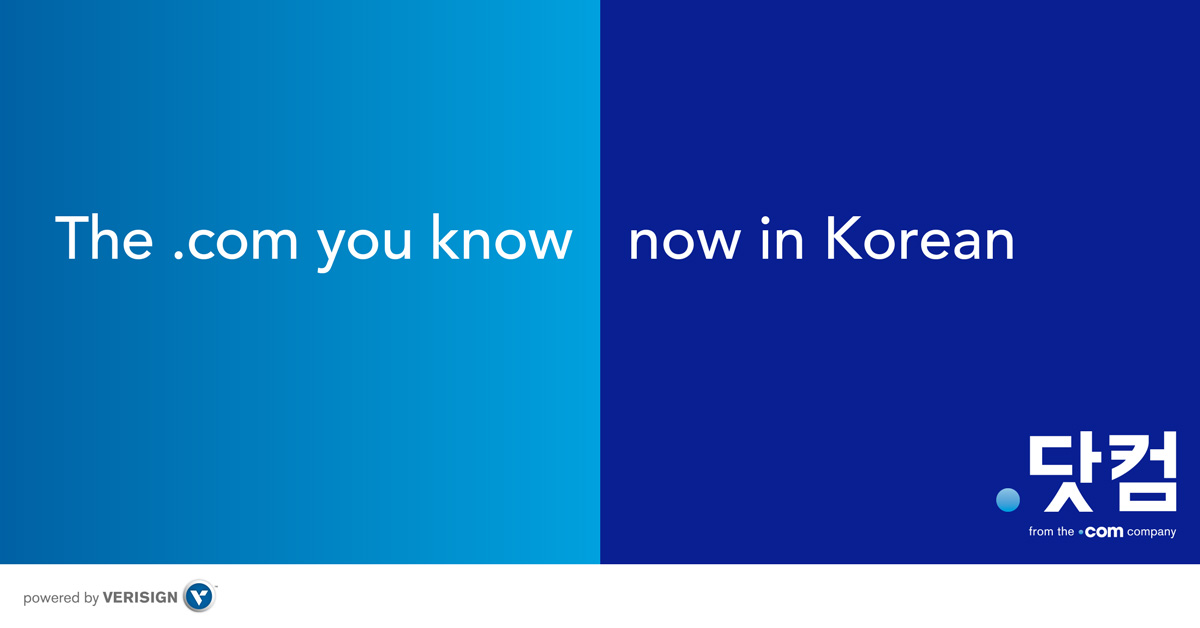
Verisign Launches New gTLDs for the Korean Market, .닷컴 and .닷넷
Guest post from June Seo, Director, Verisign Naming Services Korea
Verisign is pleased to announce the launch of our phased rollout of .닷컴 and .닷넷, the localized versions of the .com and .net top-level domains (TLDs) in Hangul script for the Korean market. The Sunrise Period is open from May 16, 2016 through June 19, 2016 for .닷컴, the .com you know, now in Korean, and .닷넷, the evolution of .net for Korea.
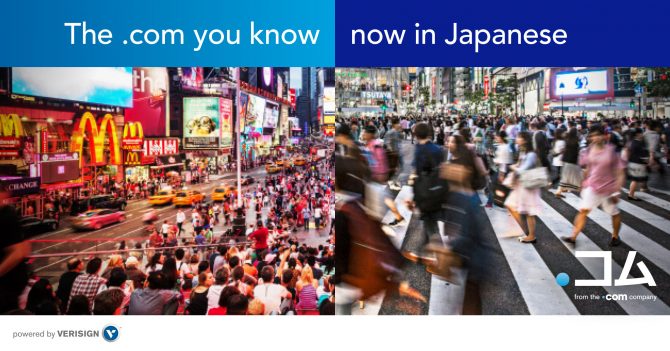
Verisign Opens Landrush Program Period for .コム Domain Names
Guest Post from Manish Dalal, Vice President, Verisign Naming Services, Asia-Pacific
Today, the Landrush Program Period for .コム, the first IDN TLD from Verisign, opens for anyone to register .コム domain names on a first come, first served basis through June 12, 2016. The Landrush Program Period provides businesses and individuals with the opportunity to register .コム domain names before they become generally available to the public on June 13, 2016.

Top 10 Trending Keywords in .Com & .Net Registrations in April

Increasing the Strength of the Zone Signing Key for the Root Zone
One of the most interesting and important changes to the internet’s domain name system (DNS) has been the introduction of the DNS Security Extensions (DNSSEC). These protocol extensions are designed to provide origin authentication for DNS data. In other words, when DNS data is digitally signed using DNSSEC, authenticity can be validated and any modifications detected.
A major milestone was achieved in mid-2010 when Verisign and the Internet Corporation for Assigned Names and Numbers (ICANN), in cooperation with the U.S. Department of Commerce, successfully deployed DNSSEC for the root zone. Following that point in time, it became possible for DNS resolvers and applications to validate signed DNS records using a single root zone trust anchor.
DNSSEC works by forming a chain-of-trust between the root (i.e., the aforementioned trust anchor) and a leaf node. If every node between the root and the leaf is properly signed, the leaf data is validated. However, as is generally the case with digital (and even physical) security, the chain is only as strong as its weakest link.
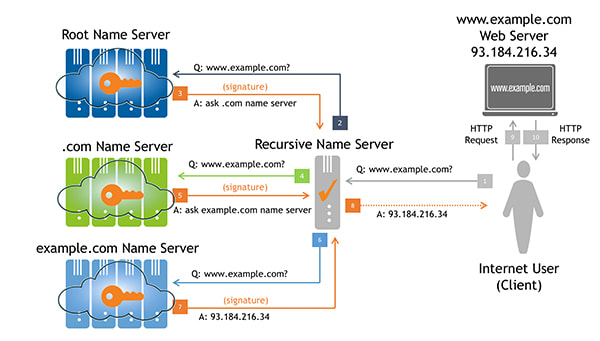
To strengthen the chain at the top of the DNS, Verisign is working to increase the strength of the root zone’s Zone Signing Key (ZSK), which is currently 1024-bit RSA, and will sign the root zone with 2048-bit RSA keys beginning Oct. 1, 2016.
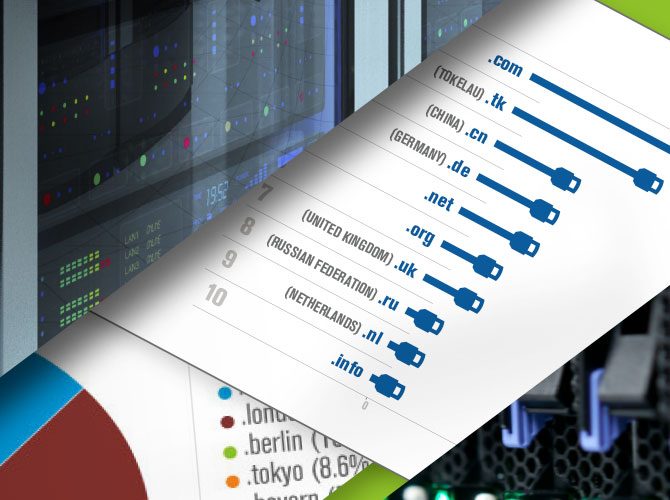
Internet Grows to 314 Million Domain Names in the Fourth Quarter of 2015
Today, we released the latest issue of the Domain Name Industry Brief, which showed that the Internet grew by approximately 15 million domain names in the fourth quarter of 2015, and closed with a base of 314 million domain names across all top-level domains (TLDs). That’s a 5 percent increase over the third quarter of 2015. [1]

